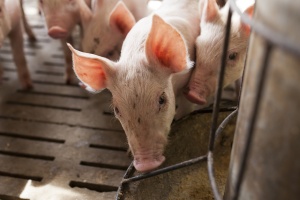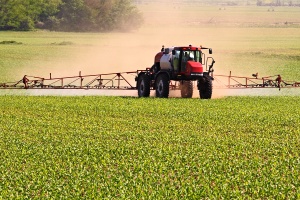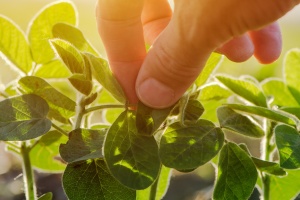What I saw on a hog farm
I was lucky enough to have the opportunity to visit the Gould Family Farm with The Illinois Farm Families’ City Moms Tour. The Gould Family’s farm is considered a farrow to wean hog farm, which means they care for sows during pregnancy, birth, and through the piglets weaning period. The Gould’s care for about 750 sows that produce 16,000-17,000 piglets a year!
Going into the tour, my greatest concern was the idea of the gestational stall. A gestational stall is the method in which a sow is kept during the farrowing (birthing) and nursing period. The sow is kept fairly stationary without the ability to turn and 100% indoors. I was very concerned as to whether this is a humane way to keep the animal. I was pretty sure I was going to be upset with the living arrangements that I was about to encounter, but I was wrong. To be very honest, I did not even notice the gestational stalls at first. What I did notice was the incredible size of these sows! They are huge, and their babies are small, and their litters are large. Together this make for a menacing problem, the sows can smash the babies. When I saw the function of the stall, which allows the sows to lie down and nurse their litters without the risk of overlaying, I was relieved. These stalls suddenly seemed humane, as opposed to inhumane. The sows did not behave as though they were stressed and the piglets sure seemed happy. The Gould Family discussed a bit about the history of hog farming and why their animals are kept indoors. It is in the best interest of the hog. The sows are given all the nutrition they need, carefully looked over, and protected from the elements.
I left the Gould Family Farm feeling better about hog farming than before. After watching their interaction with the animals, and listening to their story, I know that their animals are being raised respectfully and humanely.











0 Comments